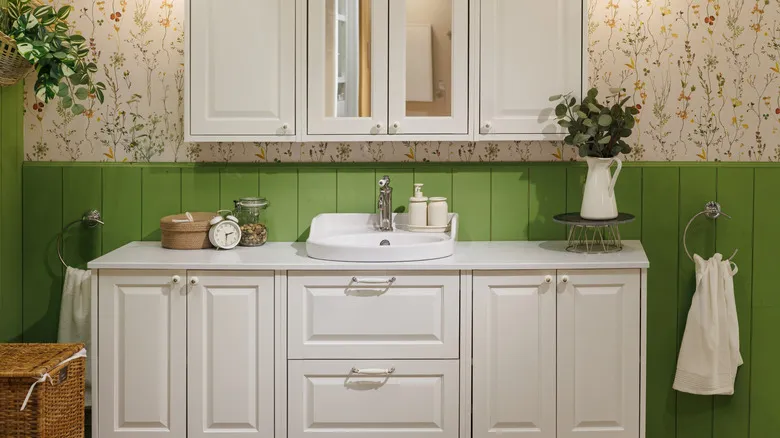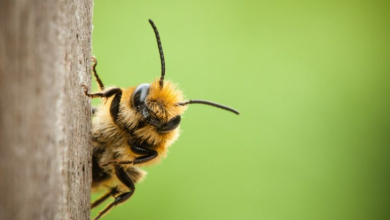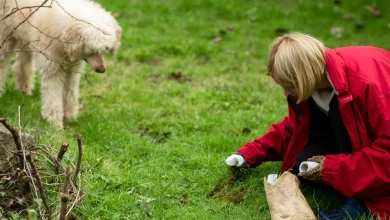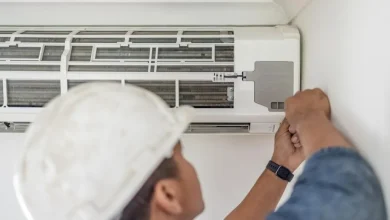Save the Planet and Your Wallet with These Green Plumbing Hacks

In an era where environmental sustainability is at the forefront of global concerns, practices that promote green living are more than just trends—they’re necessary for a healthier planet. For homeowners, plumbing is an area ripe with opportunities to not only reduce their environmental footprint but also cut down on utility bills.
From water-saving fixtures to eco-friendly cleaning solutions, every drop spared and every dollar saved matter. Here’s a comprehensive guide to practical plumbing tweaks that resonate with eco-conscious actions and practical cost-benefit analysis.
The Green Ripple Effect: Low-Flow Fixtures
Swapping out traditional fixtures with low-flow alternatives is the ‘gateway’ green plumbing change. These eco-friendly fixtures are designed to use significantly less water without sacrificing functionality.
Low-Flow Faucets: Homeowners can cut water consumption by 30% or more with low-flow aerators that maintain the same water pressure using less water. These devices are simple to install and can drastically reduce the amount of water wasted during daily tasks, without you even noticing a difference in performance.
Eco Shower Heads: High-efficiency shower heads offer the delightful experience of a luxurious flow that conserves water. These can reduce water usage by up to 60%, translating to massive annual water savings for the average household.
Water-Sipping Toilets: Toilets are responsible for around 30% of your home’s indoor water usage. By swapping to a low-flow toilet, you can save up to 18,000 gallons of water per year. Dual-flush models offer even more control over water usage, with a lower flush for liquids and a slightly higher one for solids.
The Math of Conservation
While these changes have a positive impact on the environment, they’re also your ticket to a lower water bill. The up-front cost of the fixtures is mitigated by long-term savings, making it a wise investment in both sustainability and finances.
Detect and Protect: The Leak First Approach
Water is precious, and there’s nothing more wasteful than losing it to unseen leaks. Regular checks for leaks should be as routine as changing the smoke alarm batteries.
Spotting Leaks: Visible leaks are the most straightforward to identify, but hidden leaks in walls or the foundation can go unnoticed for months, if not years. Look out for unexplained increases in your water bill, the sound of running water when none is in use, or warm spots on the floor.
Fixing Leaks: For small, regular leaks, simple DIY repairs like replacing washers or using waterproof tape can be effective. However, for more elusive leaks, a professional Hamilton plumber might be the best bet to conduct a water meter test or use specialized equipment.
The Savings Beyond the Repair
Fixing leaks not only conserves water but also ensures that your water bill stays at the minimum. According to the Environmental Protection Agency, fixing easily corrected household water leaks can save homeowners about 10% on their water bills.
Keep It Efficient: Water Heater Wisdom
Your water heater is a quiet home hero, providing the luxury of warm water for baths, showers, and cleaning. Ensuring it’s working at peak efficiency saves energy and money.
Insulate the Tank: For older water heaters, insulating the tank and hot water pipes can help maintain hot water for longer without the need for continuous heating. This is especially beneficial for those with electric heaters, where standby heat loss is more pronounced.
Temperature Adjustment: The default temperature setting on water heaters is often higher than necessary. Lowering it to 120°F (49°C) reduces the risk of scalding and can save energy. However, the optimal temperature may vary based on your needs, so it’s important to strike a balance that works for your household.
Regular Maintenance: Flushing your water heater’s tank every year can remove sediment buildup, allowing it to work more efficiently and extending its lifespan. For gas water heaters, it also ensures that the burner operates cleanly and safely.
The Economic Water Heat Wave
More efficient water heating translates to lower utility bills. According to the Department of Energy, using less hot water also means your water heater will require less energy to heat that water, resulting in additional savings.
When It Rains, It Pours: Harvesting Rainwater
One of the most underutilized resources is falling from the sky—with a bit of plumbing ingenuity, you can put it to good use.
Gathering the Drops:
Rainwater harvesting involves collecting rain that falls on your roof and storing it for future use. This can be as simple as placing barrels beneath downspouts to capture the runoff or as complex as a dedicated cistern system.
Applications:
Rainwater can be used for various non-potable purposes, from watering plants and washing cars to flushing toilets. Each gallon of rainwater used counts as one less gallon from the municipal water supply, contributing to a significant reduction in water consumption.
Liquid Gold from the Sky
Rainwater harvesting not only proves your commitment to conservation but can also reduce your water bill. Over time, the initial cost of setting up a rainwater collection system is balanced by the water savings it offers.
The Flow of Goodness: Eco-Friendly Drain Cleaning
Traditional drain cleaners are laced with harsh chemicals that are not only harmful to the environment but can also corrode your pipes over time. Luckily, there are plenty of green alternatives that keep your drains clear and the planet safe.
Homemade Drain Decloggers: A mixture of baking soda and vinegar creates an eco-friendly fizz that can break down clogs. Alternatively, boiling water can be very effective at clearing out simple blockages.
Preventative Techniques: Green cleaning extends beyond unclogging drains. Regular baking soda and vinegar treatments can prevent buildup and maintain the flow of your drains, prolonging the life of your plumbing without exposing it or the environment to harmful chemicals.
The Sweets of Natural Cleaning
Switching to eco-friendly drain cleaning not only means a safer, cleaner home but also a preserved plumbing system. By avoiding chemical harshness, your pipes can enjoy a longer, more efficient life, and so can you, with the peace of mind that comes from knowing you’re taking steps to protect the environment.
Each of these green plumbing practices contributes to a vital cause—the preservation of Earth’s resources. As a homeowner, the shift to an eco-friendly plumbing system is both an environmental statement and a sound financial strategy. The long-term savings from reduced water and energy use, as well as the extended lifespan of your plumbing, are substantial.
Remain vigilant, perform regular maintenance, and continue seeking sustainable innovations. The choices you make today for your home’s plumbing echo far beyond its walls, into every glass of water you pour, every drop of rain you collect, and every dollar you save. With these green plumbing hacks, the planet and your pocket will thank you.




